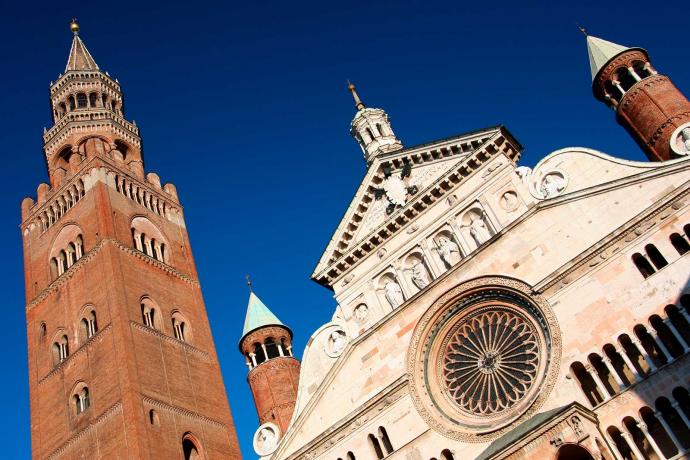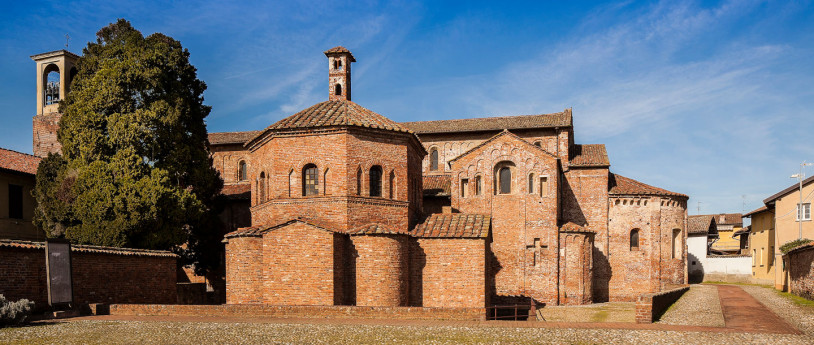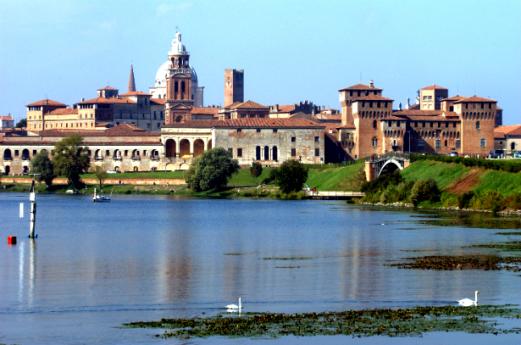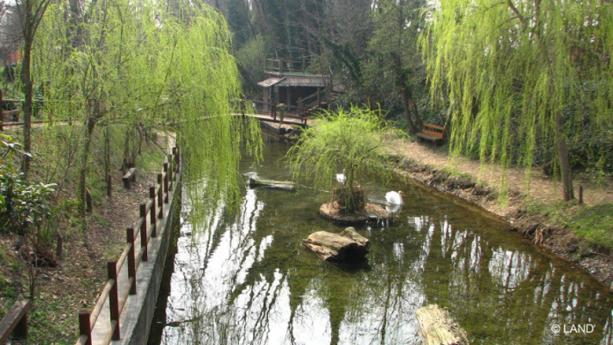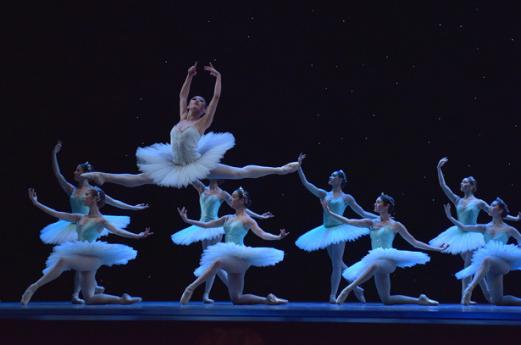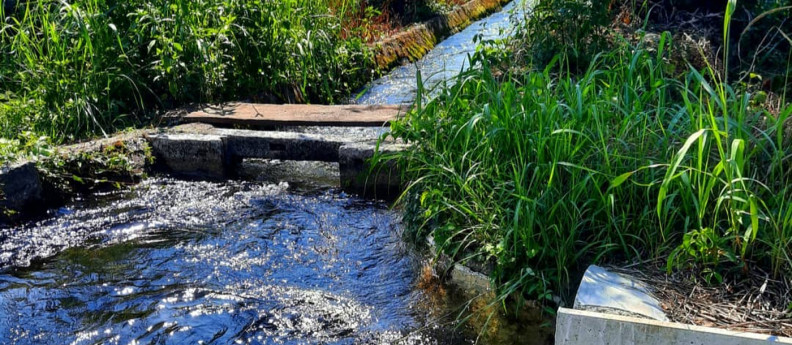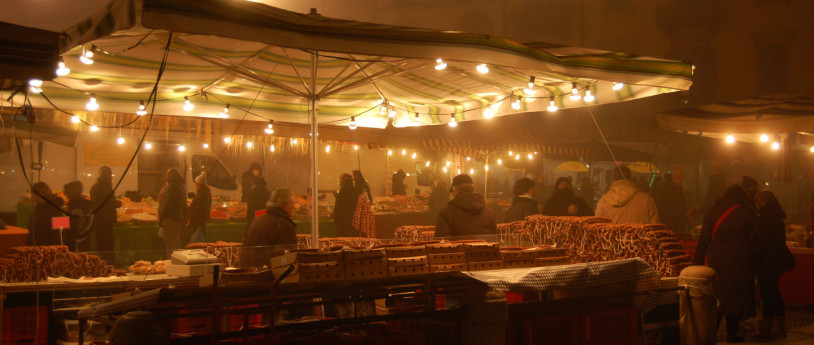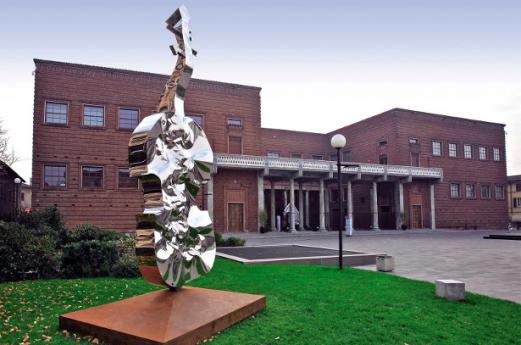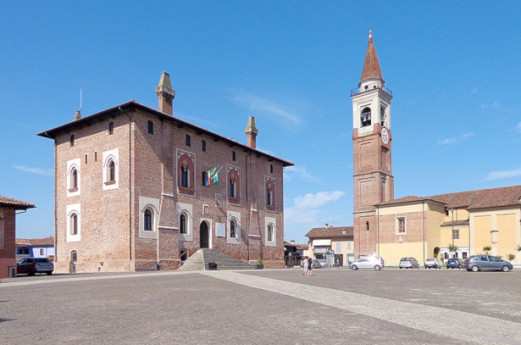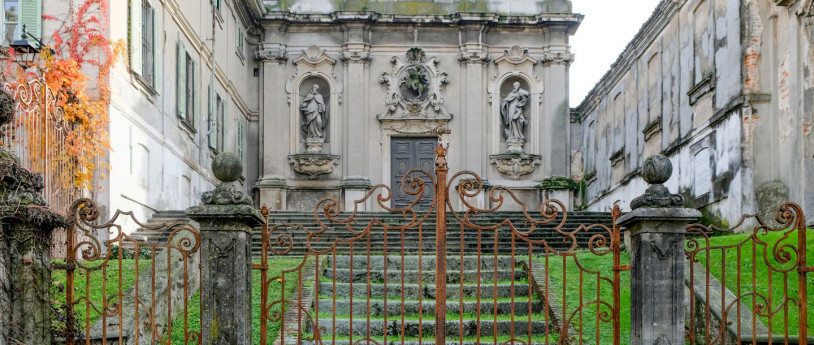- Art & Culture
The festival of Saint Bassianus in Lodi
What should you do and eat at the festival of Saint Bassianus, the patron saint of Lodi? Discover the traditions and delicious specialities on offer at this event.
19 January is a special day for the inhabitants of Lodi: it marks the feast of Saint Bassianus, the city's patron saint. This festival has a lot to offer, from traditional ceremonies to local dishes, as well as many stalls of artisanal products.
Votive candles and the relics of Saint Bassianus
For the people of Lodi, the festival of Saint Bassianus is more than just a religious anniversary: it is also a time to revive ancient traditions, which have been handed down over the years.
The relics of Saint Bassianus are kept in a display case inside the crypt of Lodi Cathedral, dedicated to the Assumption of the Blessed Virgin Mary, and they are honoured every year on this date. A Romanesque building dating back to 1158, the cathedral is the oldest monument in the city. Legend has it that the first stone was symbolically laid on 3 August, the day that the city was founded. Every year on the Saint's feast day, intricately decorated votive candles are presented to the Bishop in the crypt of the cathedral.
The squares of Lodi are the place to be
A festival just isn't a festival without some delicious food: on 19 January, the centre of Lodi is filled with artisanal stalls, especially the main square, Piazza della Vittoria. This square represents the heart of the city, and is the only one in the world to be surrounded by arcades on all four sides. It is also home to Lodi's most important monuments: the cathedral and the Broletto palace. The latter is the seat of the local government, known for its neoclassical loggia.
Must-try specialities during the festival of Saint Bassianus
The feast day is the perfect time to try some local delicacies: on the afternoon of 19 January, Piazza Broletto is transformed into an open-air tavern, complete with tables and benches. As you wander among the stalls, you can stop to sample some filsón di castagnel, braided strings of roasted chestnuts.
By far the most iconic dish enjoyed on Saint Bassianus' day is Büseca, a traditional meal of tripe served by the Pro Loco organisation. In Lodi, this humble plate of tripe is believed to bring good luck for the new year: over the centuries, it has been credited with protecting the city's residents from multiple plague epidemics. As the famous saying goes: “Mangià la büseca de San Bassan, vör di sta ben tüt l’an” ("eat tripe on Saint Bassianus' day and feel good all year long").
The festival of Saint Bassianus is also the perfect time to try some raspadüra, a type of Grana cheese cut into thin sheets with a special knife, ideal for risotto or polenta. To end on a sweet note, be sure to grab a slice of Tortionata, served with hot chocolate. If you want to discover other traditional Lodi dishes, check out this classic Lodi menu, from starters through to desserts.
